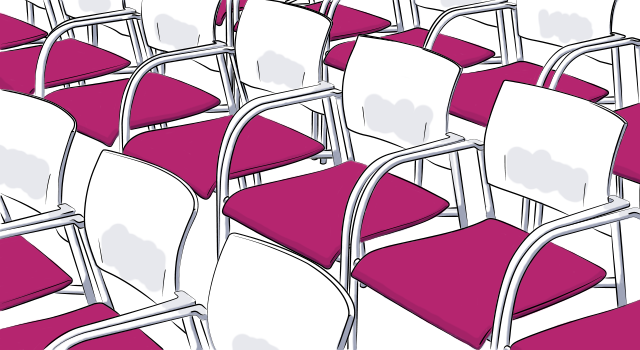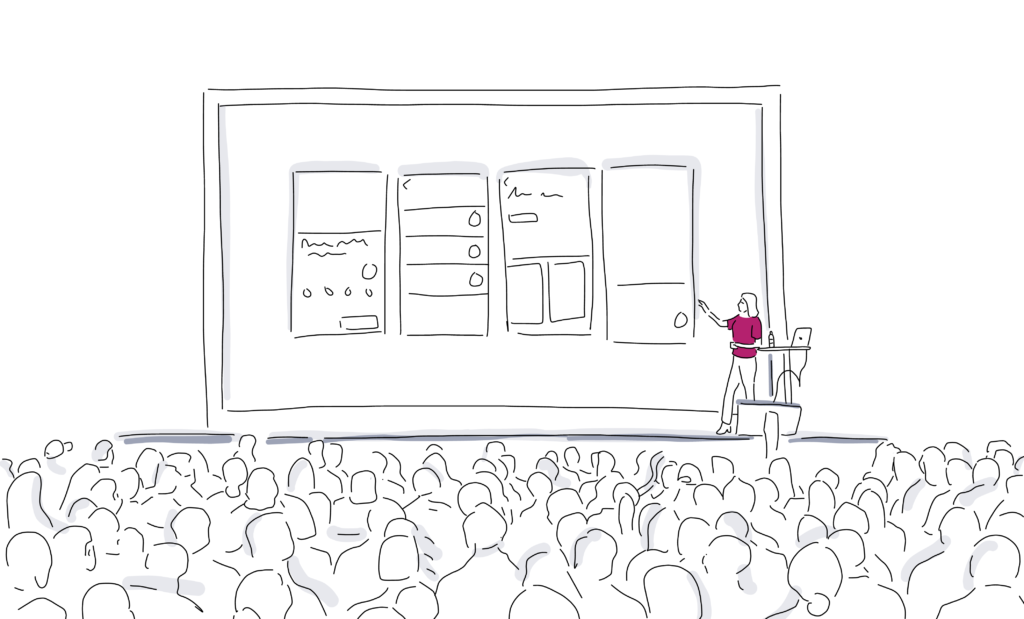
5 Tips For a Perfect Event Seating Plan
Seating plans have a bad reputation. They take time, they’re fiddly, and everyone switches places anyway. Still, there are plenty of reasons you need to have one. They make your guests relaxed because they know where they’ll be sitting and with whom.
First things first: Do you really need an event seating plan?
You know that feeling you get when you board a flight with no assigned seats? People cut in line to get a better choice. Family members save seats because they’re worried they won’t get to sit with their travel companions. What a headache.
It’s similar at an event without a seating plan. Your guests will be frantic figuring out where to sit and who should be at their table. Don’t put that anxiety on your guests!
Here are 5 tips for an event seating plan to help make your event much more enjoyable:

1. Don’t do it by hand
The old-fashioned way: Draw the room floorplan on a poster board and sketch in all the tables and chairs. Use different colored Post-It notes on your diagram to determine seating placement.
The modern way: Use a seating chart generator! Apps like these make it easy to shift the seats around for the hundredth time. There are other benefits, too, says Dan Berger, CEO of Social Tables. “If you use web-based software, collaborating is as easy as sharing the URL, and software that has 3D rendering helps you visualize your event.”
2. Keep the right people together
“Guests appreciate being near people they know,” says planner Melina Schwabinger. If you have guests who don’t know anyone, consider natural conversation starters (think: business, personal interests, and geographic similarities. When you take these things into account, your seating plan will organically create relationships for your attendees.
[Tweet “Seating plans have a bad rap. They take time, they’re fiddly, and everyone switches places anyway. You still need one.”]
3. Be conscious of individual attendee’s needs
A seating plan is even more helpful when you think beyond the big picture and accommodate specific guests.
For example, for weddings, planner Annie Lee urges her clients to keep these tips in mind:
- Keep [the] family closest to the wedding party.
- Seat elderly guests near aisles and exits, so they enter and exit easily.
- Keep elderly guests and those with children away from the band or speakers.

4. Mix up personalities
There are so many different types of attendees: the questioner, the loud talker, the know-it-all, the wallflower, the networker ” the list is literally endless. As you plan your event, try to identify these personality traits and mix them up in your event seating. This way, there will be an even balance of personalities represented at each table.
If you’re worried about personalities clashing, assign your guests to tables but not seats. In this case, everyone gets to choose who they sit next to. I want my guests to have a good time, says event designer David Beahm, so I don’t use rigid social seating rules unless the event calls for a strict protocol.
5. Give yourself a break
Seating can be one of the biggest challenges for a planner. Keep in mind that seating is only a portion of the event, says planner Cassandra Santor. Make sure everyone has a seat, and that you’ve given your most conscious effort to accommodate them, then let their interactions take over.

Now you know all about event seating plans!
Up next, learn how to create introvert-friendly events. And, when you’re ready to create the perfect event, check out Social Tables’ event seating software.

